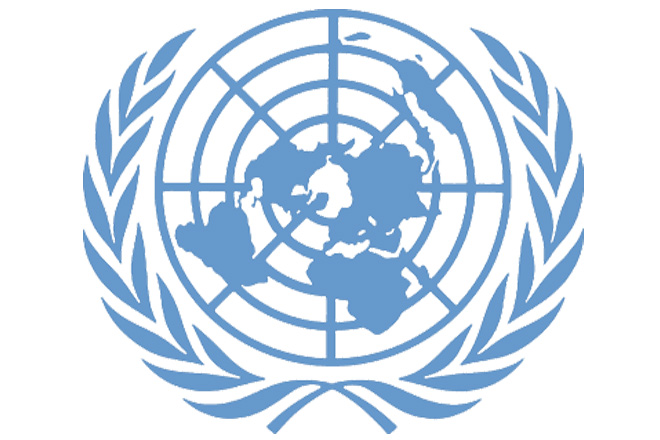Update: UN Sri Lanka – 2017 Monsoon Floods and Landslides

(PRESS RELEASE) - Office of the UN Resident Coordinator Flash Update No. 3: Sri Lanka | 2017 Monsoon Floods and Landslides
30 May 2017
As flood waters recede and roads cleared, the Government continues to validate the number of affected
people and casualties. As of 30 May (18:00, UTC+5:30), 604,700 people have been affected according to
the Disaster Management Centre (DMC).
The after effects of Tropical Cyclone Mora, in the Bay of Bengal, is being felt across the flood and
landslide affected areas. The Department of Meteorology forecast strong winds of about 80 km/h and
localized heavy rainfall particularly in the Western, Sabaragamuwa, Southern, North Western and Central
provinces, where most of the 15 affected districts are located. Additional rains are likely to heighten the
risk of more landslides.
Confirmed casualties have increased to 194 deaths, 99 people remain missing and 83,200 people are
displaced in 376 safe locations. In Rathnapura District alone, 43,000 displaced people are in 181
locations. About 1,400 houses have been destroyed and 7,070 houses partially damaged. These figures
are expected to fluctuate as additional information becomes available from the divisional secretariats.
Based on available information, at least 16 hospitals were evacuated fully or partially as facilities were
directly affected by the floods or exposed to landslides according to the World Health Organization
(WHO) and partners. Affected hospitals are evacuating critical patients with the support of the Sri Lanka
Armed Forces. Several hospitals in the affected areas are without electricity which has critically impeded
their operability.
With the increasing number of displaced people and lack of space in safe locations, temporary shelter
and ensuring access to health services is needed. Disease surveillance and vector control is also a
priority with the risk of communicable diseases. Over the past few months, health partners have recorded
a significant increase in dengue cases (53,200 cases with over 125 deaths) compared to annual data
from 2016. The Ministry of Health has deployed medical teams mainly in Kalutara, Ratnapura and Galle
districts.
On 29 May, the spokesperson of the Sri Lanka military reported that 1,700 troops were mobilized for
rescue and relief operations in coordination with the DMC and local authorities. The Armed Forces
continue to clear roads including the route from Ratnapura and Kalawana. Troops were also deployed to
reinforce the flood retaining wall of the Nilwala River. Unfavourable weather conditions has constrained
relief efforts in Kalawana and Athwalthota.
Civil society and private individuals and organizations are actively engaged in the response with in-kind
donations provided at set distribution points for delivery by military assets. The Asia Pacific Alliance for
Disaster Management, a network linking private companies with humanitarian agencies and the
Government, have supported authorities in aerial assessments, military rescue operations and the use of
a local mobile-based taxi application to track people who need to be evacuated.
International bilateral assistance continues to be provided to national partners. On 29 May, Japan
announced donation of emergency relief goods (tents, plastic sheets, sleeping pads) through the Japan
International Cooperation Agency. Australia will also release AUS$500,000 (US$372,400) to meet urgent
needs identified by the Sri Lankan Government. The support will include the deployment of inflatable
boats to support ongoing search and rescue efforts, delivery of water, safe spaces for children and vital
health services to affected women and girls. Teams from the Office of U.S. Foreign Disaster Assistance
(OFDA) and the European Civil Protection and Humanitarian Aid Operations (ECHO) are en route to Sri
Lanka to assess the situation in support of local partner organizations.
On 30 May, the HCT has initiated the development of an in-country response plan to respond to the most
immediate needs of the flood and landslide affected communities. A sectoral approach to coordinate the
international communities’ immediate response was also endorsed. HCT sector leads were identified for
water, sanitation and hygiene (WASH), emergency shelter and NFIs, health, food and nutrition, protection
and education.
